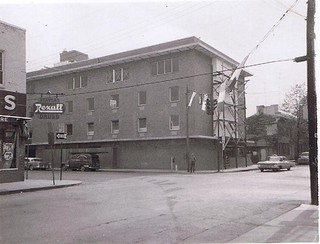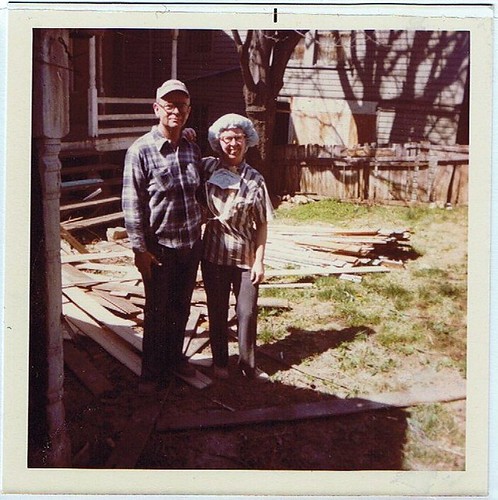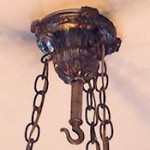We have three albums for you today that have been transferred to Flickr. They may be small in comparison to last week’s extravaganza, but these albums pack a concentrated punch of history.

“Uncovering Your Hidden Gems” Photo Contest top entries, 2012.
Construction of the Winchester Towers, images tentatively dated from 1960-1961, probably taken by E.E. Bayliss, Jr.
Artifacts from the Samuel Noakes House, photographed before the silent auction in 2013.
We had a much smaller readership in 2013, so if you missed the backstory on some of the Noakes house silent auction items, you can read these following histories:
Rumford Baking Power
Winchester Coca-Cola Bottles
Bromo-Seltzer Bottles




